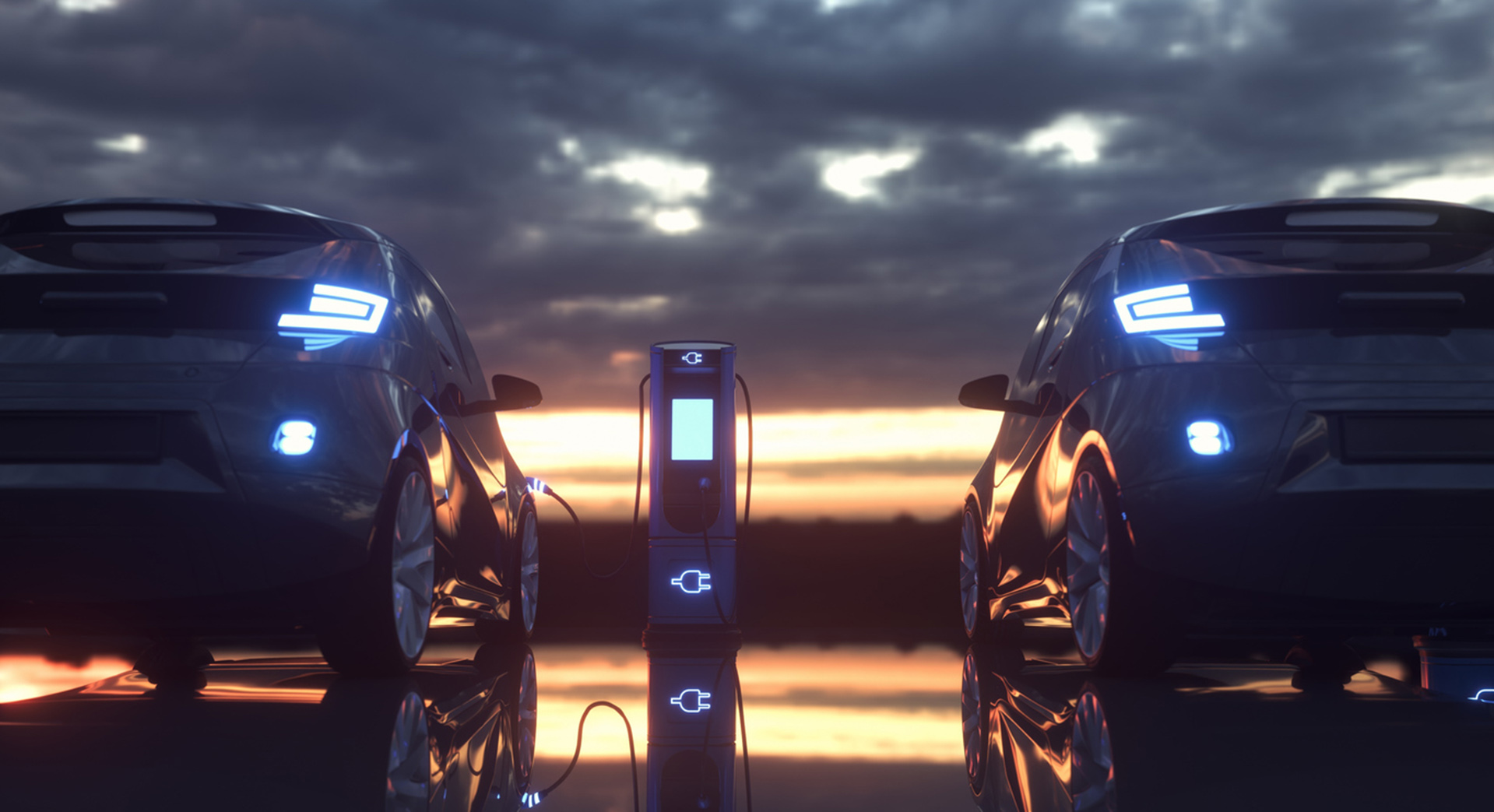They cost too much? False.
Today the purchase price of an electric car is apparently high and is a barrier for many people. The main parameter to consider, however is the TCO, the Total Cost of Ownership, that is, the total cost of possessing and using this type of vehicle. According to studies of Milan Polytechnic, which compare similar vehicles with an annual mileage of 11,000 km for a period of 10 years, the costs have evened out after a year. The lower costs for the acquisition of energy compared to fuel, maintenance and management costs (free road tax for the first 5 years for electric vehicles) need to be taken into consideration. In 10 years, the savings can reach €12,000. Current purchase incentives have not been included in these calculations, and would further increase the savings of those who drive an electric car.
Electric cars pollute more? False.
They are ideal for use in the city because they don’t produce emissions which are dangerous to health, they are not noisy and climate-altering on the road and are one of the solutions for improving the quality of life, contrasting air pollution. With regards the quantity of emissions in a complete cycle, that is, the emission that are produced also by the generation of electricity and the production of the entire vehicle, including the batteries, with the method that analyses the complete life cycle, LCA (Life Cycle Assessment), in Italy, it is estimated that an electric car has carbon dioxide emissions which are always lower than those of similar diesel, petrol or gas-powered vehicles, also thanks to the very high efficiency of both the electric motors and the electricity production and transport cycle. Around 40% of the electricity consumed in Italy is produced from renewable, geothermic, hydroelectric, photovoltaic and wind-power sources.
There are not enough recharging stations in Italy? False.
It is possible to make a journey with an electric vehicle with current technology in Italy, with an average autonomy of around 300 km, without draining the batteries. There are around 20,000 public recharging stations in Italy. Compared to the normal use of a fuel-powered car, it is important to remember that overnight charging is very useful, or during long stops, in order to begin long journeys with completely charged batteries; a 16A socket (the one used for a washing machine) is sufficient. Alternatively, the new ultrarapid recharging stations, combined with the new technology of 850V batteries, can recharge in only 5 minutes for an autonomy of around 100 km, which make it possible to drive an electric car with similar planning as that of a journey with a diesel or petrol-powered car. An important solution will be the widespread distribution of recharging stations in the motorway network, inside normal service stations.
Electric cars are “unexciting”? False.
Right from the start, anyone who tries an electric car recognises its great ease and intuitiveness of use, and its silence; in driving it in the mountains, but also in the city, however, the electric car is a great pleasure to drive, both thanks to its very high dynamism, without noise and vibrations, and comfort. In absolute terms, moreover, electric cars can also be very sporty, having decidedly better acceleration and recovery performances also compared to superior category models with a more powerful internal combustion engine, precisely thanks to the dynamism generated by the driving torque of electric motors, 100% available right from the outset, equal to the total power available. Thanks to the regenerative engine brake, an electric car also permits a unique driving experience with the use of only the accelerator pedal, which makes driving particularly pleasant and comfortable in the city, besides being very ecological, as electricity for recharging the batteries is generated during all decelerations and braking.
